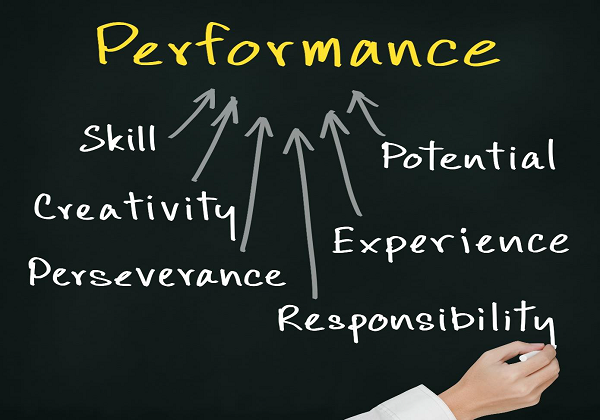Missteps put you at risk of encountering ethical and toxic workplace challenges.
In short:
·
The
digitalization of work, coupled with the adoption of hybrid and remote
work practices, has created interest in monitoring workplace productivity.
·
If done
without proper communication and transparency, employees may lose trust in their
organization.
·
To
implement a successful rollout, HR leaders should tailor communication to
roles, consider geographic differences and communicate through individual
managers.
While the
concept of monitoring employee performance is not new, hybrid work has
fostered greater interest in keeping tabs on workplace productivity. However,
it poses ethical challenges and, when done incorrectly, creates a toxic work
environment.
According
to Gartner research, the number of large employers using tools to track their
workers has doubled since the beginning of the pandemic to 60%, with this
number expected to rise to 70% within the next three years.
Why companies are implementing productivity
monitoring technology
“Leaders
and managers want to make sure their workers are being productive, regardless
of where they’re located,” says Helen Poitevin, Distinguished VP
Analyst at Gartner. “However, there is a widespread misconception that remote
work leads to a decrease in employee productivity, despite data
showing remote work leads to positive productivity outcomes.” In fact, Gartner
research finds that 55% of employees are high performers when provided radical
flexibility over where, when and with whom they work versus 36% of those
working 9 to 5 in the office.
Still,
leaders cite several reasons for implementing employee productivity monitoring
technologies:
·
Ensuring
work is getting done as expected
·
Detecting
work challenges
·
Ensuring
that technologies deliver on the organization’s value proposition
·
Detecting
opportunities to improve processes or technologies
·
Ensuring
the employee experience is safeguarded regardless of location
What employee monitoring technologies do
These
technologies are built to collect data from various sources and generate
insights, reports and recommendations. The biggest challenge is the concept of
“productivity,” which is highly context-specific. Most often, these
technologies detect time spent on tasks and how those tasks vary — this is not
a clear indicator of an employee’s performance.
While
there are risks, it is possible to effectively use the technology to help
improve employee experience and productivity.
Employee sentiment around productivity monitoring
Although
employee productivity monitoring continues to grow more popular, employee
communications about the matter are lacking. A stunning 41% of employees report
nobody in their organization communicates with them about what data is
collected and why or how it’s being used. Plus, Gartner research shows even
when there is communication on these topics, the quality of that communication
tends to be poor, resulting in limited employee understanding and awareness of
personal data usage.
To
assist, clearly express to employees the different types of personal
information you are collecting, when you are collecting it, why you’re
collecting it and who has access to it. For example, most employees believe
monitoring is done during business hours. However, some organizations collect
employee activity data at other times.
There’s a
clear benefit to transparency. Employees who are informed about why and how
their organizations gather data about them exhibit higher discretionary effort
and levels of trust relative to their peers who remain in the dark.
3 ways to implement a successful rollout
Organizational change
management and communication are perhaps the most critical steps for
successful rollout of this technology. Many employees are initially fearful
when faced with the rollout and feel threatened that the technology will impact
their reputation, choices, skills or relationships.
It’s
important to note that rolling out employee productivity monitoring is not a
low-risk project; all stakeholders must identify and align on a clear strategy.
It’s crucial to strike a balance between the efficiency of broad communication
and the personalized nature of individual communication. Compliance and privacy
leaders can work with HR to:
1.
Tailor communication to roles. Some roles, such as customer service
representatives, may be subject to more monitoring than others. Rather than
sending out a blanket email, be thoughtful, narrow the type of data you’re
collecting and convey the specific purpose to employees.
2.
Consider geographic differences. For example, employees based in western
Europe are less comfortable with employee monitoring than those in East and
South Asia. To get ahead of these differences, have FAQ documents readily
available and consider specialized training for managers, should questions
arise.
3.
Communicate information through managers. Our research shows
employees prefer to receive information from their manager over someone else in
their organization. This takes advantage of strong relationships, signals to
employees that the information is important and allows managers to more easily
contextualize the purpose behind monitoring to their direct reports.
